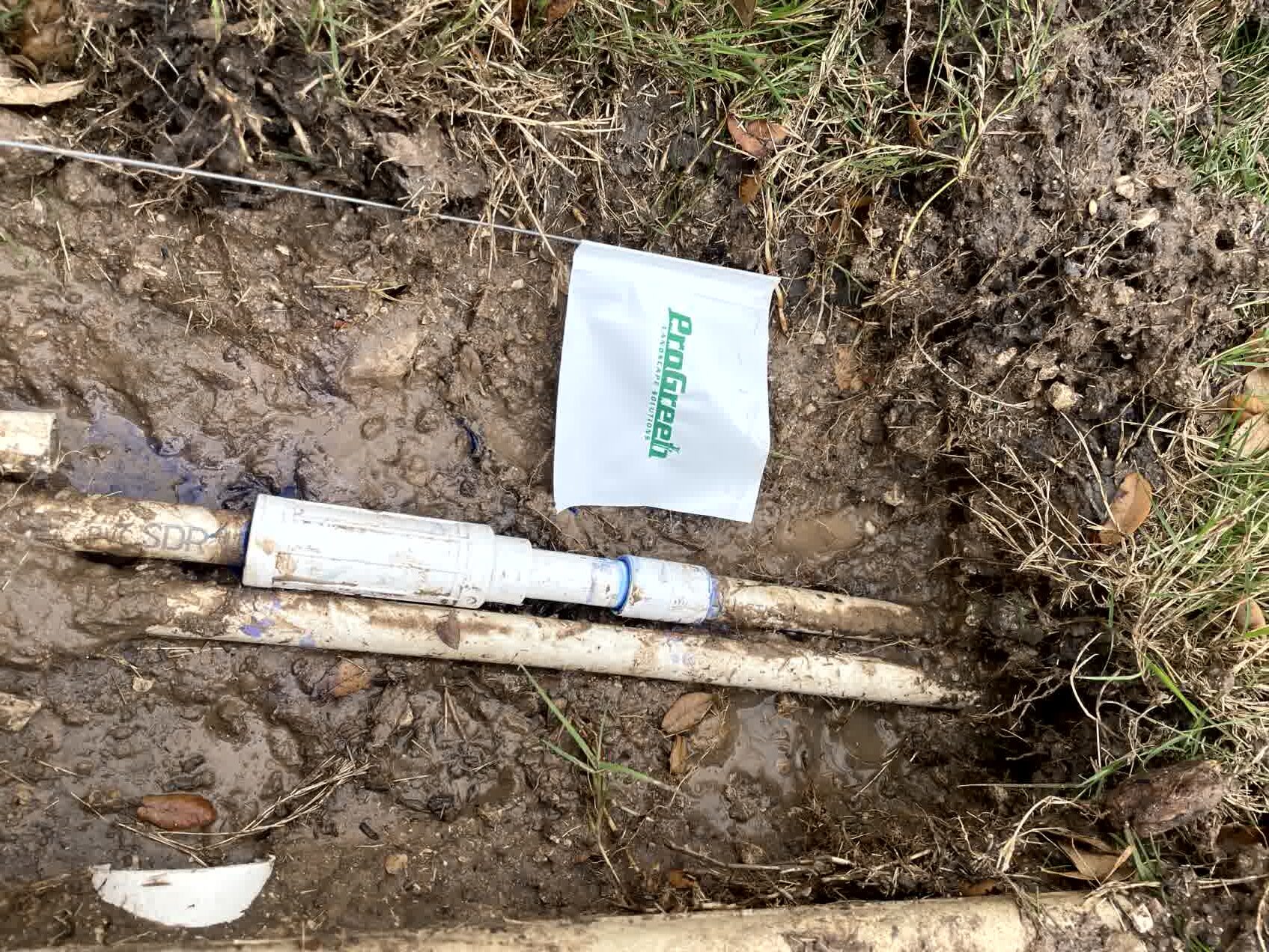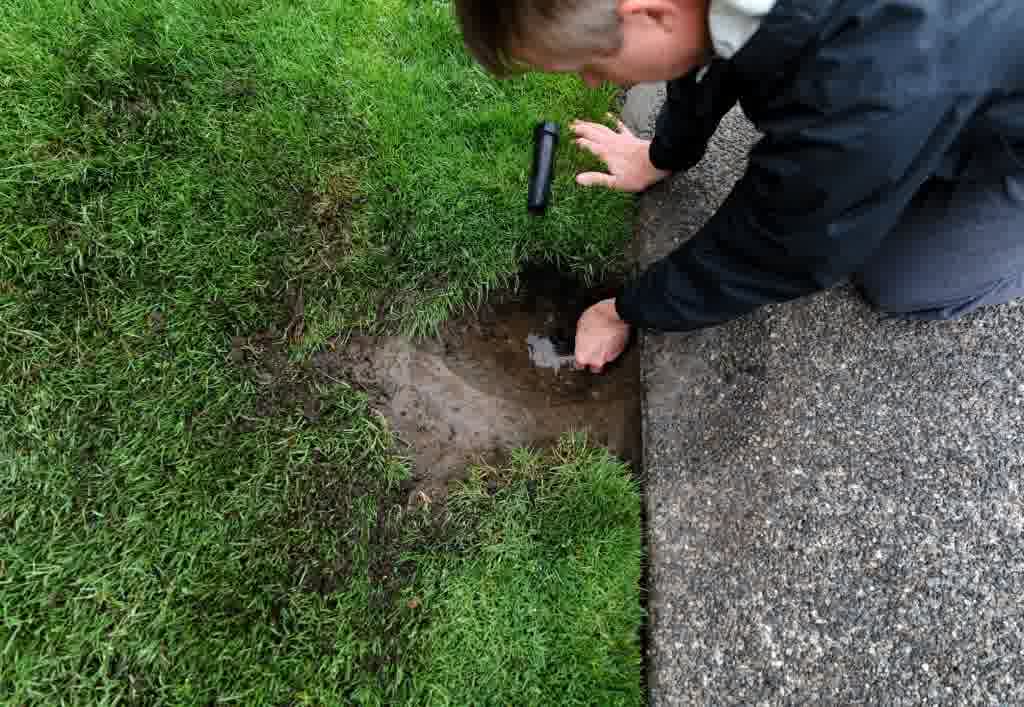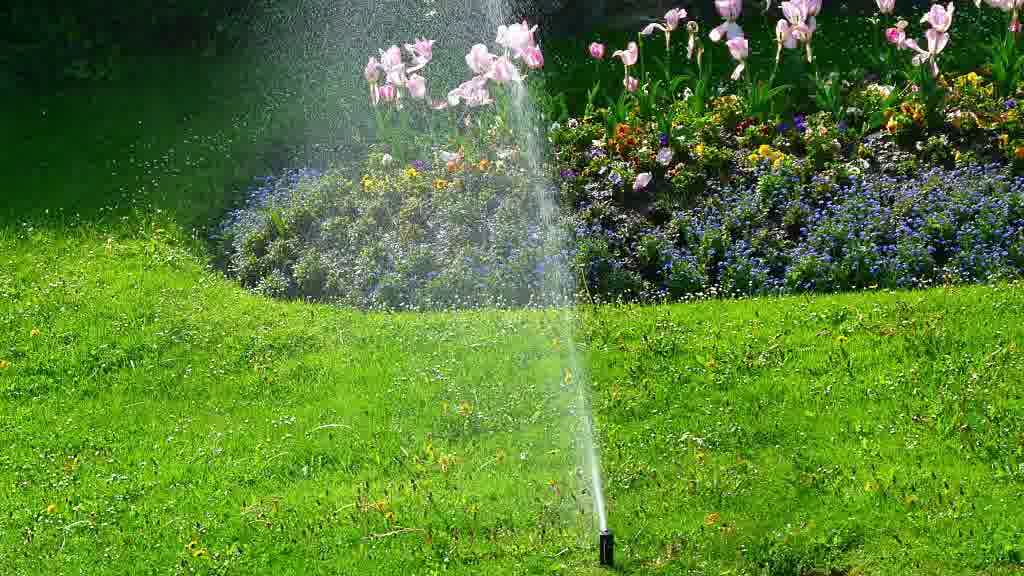Common Irrigation Problems and How to Solve Them
Introduction: A well-functioning irrigation system is the key to a healthy, vibrant lawn and garden. When your sprinklers or drip systems are working as they should, you get even water coverage, reduced waste, and beautiful results. But when something goes wrong—whether it’s a hidden leak, uneven spray, or faulty timer—it can quickly turn into a costly, frustrating issue. The good news is that most irrigation problems are easy to spot once you know what to look for, and many can be fixed with simple tools and know-how. In this guide, you’ll learn about the most common irrigation system problems homeowners face—and how to solve them effectively.
Fixing Low Pressure and Uneven Watering
Identifying the Cause of Low Water Pressure
One of the most common signs of irrigation trouble is weak spray or zones not activating fully. Low water pressure can make your lawn look patchy or dry despite your system running on schedule. This issue might be caused by a partially closed valve, a clogged filter, or a break in the pipe underground. Another possible cause is too many sprinkler heads in a single zone, which can overload the system. If you’ve noticed a general drop in pressure, start by checking the backflow preventer and main valve to ensure they are fully open. Then, flush your filters and inspect your heads for sediment or buildup.
Solving Uneven Water Coverage
If one part of your yard is lush while another stays dry, the culprit could be misaligned or blocked sprinkler heads. Heads that have shifted due to mower contact, foot traffic, or settling soil can end up spraying in the wrong direction or not at all. Fixing this is usually straightforward—realign the head to face the intended area and clean out any debris that may be clogging the nozzle. In some cases, you may need to adjust the spray pattern or pressure setting to ensure uniform coverage across the entire zone.

Introduction: A well-functioning irrigation system is the key to a healthy, vibrant lawn and garden. When your sprinklers or drip systems are working as they should, you get even water coverage, reduced waste, and beautiful results. But when something goes wrong—whether it’s a hidden leak, uneven spray, or faulty timer—it can quickly turn into a costly, frustrating issue. The good news is that most irrigation problems are easy to spot once you know what to look for, and many can be fixed with simple tools and know-how. In this guide, you’ll learn about the most common irrigation system problems homeowners face—and how to solve them effectively.
Fixing Low Pressure and Uneven Watering
Identifying the Cause of Low Water Pressure
One of the most common signs of irrigation trouble is weak spray or zones not activating fully. Low water pressure can make your lawn look patchy or dry despite your system running on schedule. This issue might be caused by a partially closed valve, a clogged filter, or a break in the pipe underground. Another possible cause is too many sprinkler heads in a single zone, which can overload the system. If you’ve noticed a general drop in pressure, start by checking the backflow preventer and main valve to ensure they are fully open. Then, flush your filters and inspect your heads for sediment or buildup.
Solving Uneven Water Coverage
If one part of your yard is lush while another stays dry, the culprit could be misaligned or blocked sprinkler heads. Heads that have shifted due to mower contact, foot traffic, or settling soil can end up spraying in the wrong direction or not at all. Fixing this is usually straightforward—realign the head to face the intended area and clean out any debris that may be clogging the nozzle. In some cases, you may need to adjust the spray pattern or pressure setting to ensure uniform coverage across the entire zone.

Solving Timer and Zone Malfunctions
Understanding Irrigation Timer Issues
A malfunctioning timer can throw off your entire watering schedule. If zones aren’t turning on or off as expected, the problem may lie with the timer itself or the electrical connections. Double-check that the timer is receiving power, the settings are correct, and the start times don’t overlap. Sometimes, a power surge or dead battery can reset the schedule. If your timer is more than a few years old or frequently loses programming, consider upgrading to a modern, smart controller for more reliability and control.
Dealing with Valve and Solenoid Failures
Each irrigation zone is controlled by a valve, and within each valve is a solenoid that opens and closes it on command from the timer. If a zone isn’t activating, it could be due to a faulty solenoid or a clogged valve. You can test the solenoid with a multimeter to confirm whether it’s receiving voltage. If not, you may need to replace it. Clogged valves can often be cleared by disassembling and flushing them with clean water. Just be sure to turn off the water and power before attempting any electrical or valve work.

Conclusion
Irrigation systems are designed to make your lawn care easier, not harder. But when something goes wrong, knowing how to troubleshoot the most common problems can save you time, money, and a lot of frustration. Low pressure, leaks, and timer issues don’t have to mean calling in a pro right away. With a little attention and a few basic tools, many of these problems can be diagnosed and fixed quickly. By staying on top of routine maintenance and watching for the early warning signs, you can keep your irrigation system running smoothly and your landscape looking its best. Get in contact with us today to learn more about our irrigation repair services as well as our Irrigation, Sprinkler Repair & Irrigation System Repair services.

"*" indicates required fields

RACHEL, H

C.W.

GEORGE, T.

MARK, A.
SERVICE AREAS
Dallas
Fort Worth
Frisco
Irving
Arlington
Plano
Allen
University Park
Grand Prairie
Richardson
Preston Hollow
Highland Park
Lakewood
Farmers Branch
Balch Springs
Duncanville
Coppell
Grapevine
Vickery Meadow

